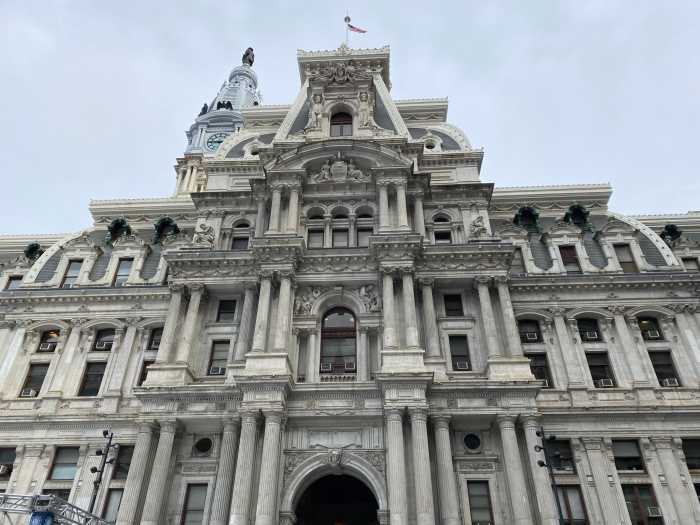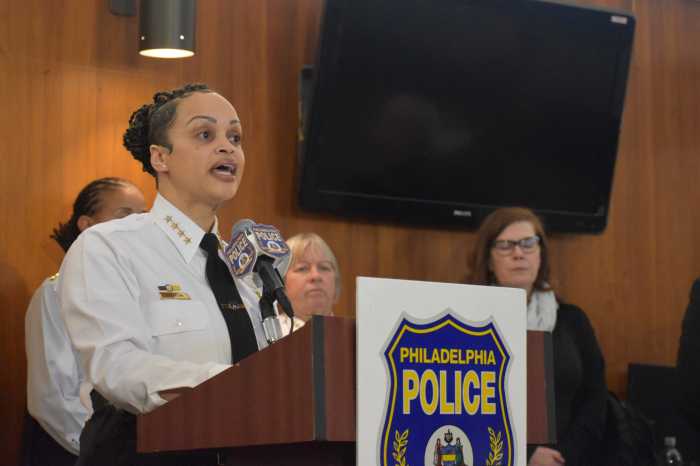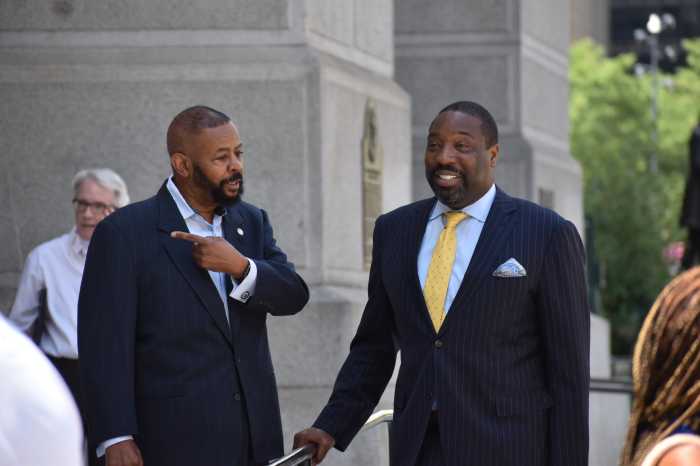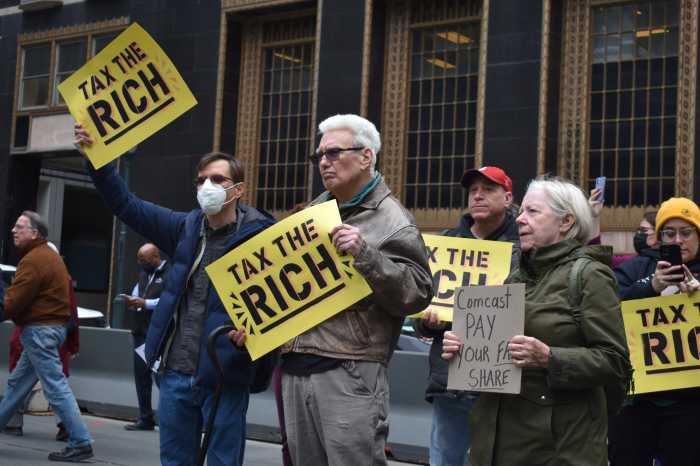The School District of Philadelphia’s lawsuit against the city over legislation requiring an additional asbestos certification was settled Wednesday, officials from both sides said.
As part of the agreement, Mayor Jim Kenney’s administration agreed to provide $2.5 million in funding to help the district better track and publicly release inspection reports, and the school system vowed to abide by federal asbestos standards, among other provisions.
“This is a significant step forward in enhancing efficiency and transparency in school facility inspections,” Kenney said in a statement.
City Council passed a law in May 2022 mandating asbestos testing in order to grant a certificate of occupancy to an educational institution.
Attorneys for the district sued in January, arguing that the ordinance was vague and could result in unnecessary school closures. A handful of school buildings were shut down last academic year due to damaged asbestos.
In addition to the one-time payment, the city agreed in the settlement not to shutter schools, barring a health emergency.
The Asbestos Hazard Emergency Response Act, or AHERA, requires school systems to thoroughly inspect buildings once every three years and monitor asbestos-containing materials every six months.
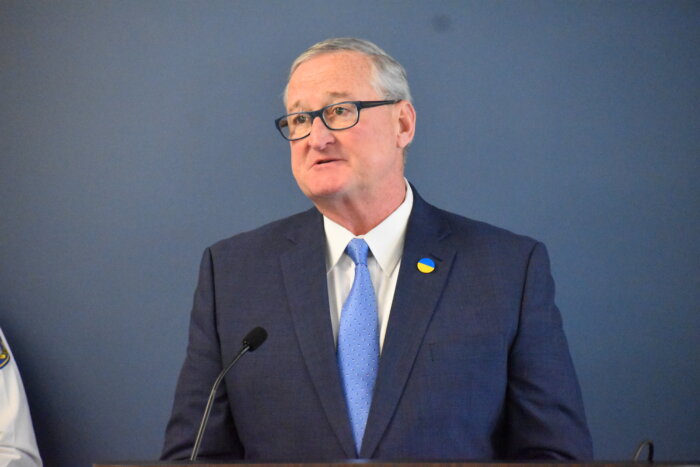
District leaders said the three-year inspections are now complete for all schools. They plan to re-inspect all buildings in the next seven to eight months and reach the six-month AHERA rules by next August.
By June 2024, school officials committed to posting asbestos reports within two months of every inspection. The mayor’s office also said it would aid the district in training inspectors.
The case, filed in federal court, was assigned to a mediator in March. Board of Education President Reginald Streater described the litigation as a “family dispute.”
“I am very hopeful that we won’t ever have to go down that route again,” he said Wednesday during a City Council hearing to explore the idea of creating an authority to oversee school building projects.
During the virtual meeting, Watlington noted that the district controls more than 300 buildings, with an average age of 73 years old.
A 2017 report estimated that the school system had $4.5 billion worth of deferred maintenance, and pegged 21 buildings for closure or replacement. Another 85 were recommended for major renovations.
Watlington said his team has begun updating the six-year-old analysis, which assigned scores to every building. The revised report will inform the project team for the facilities master plan, due to be released in June 2024, he told lawmakers.
”Just know that we are dreaming big,” Watlington said. “We’re thinking about reimagining the uses of spaces, so that the schools become true community hubs.”
More immediately, the district plans to come out with a “swing space” plan, splitting the city into quadrants and identifying locations for in-person learning if a school has to be closed for asbestos remediation.




